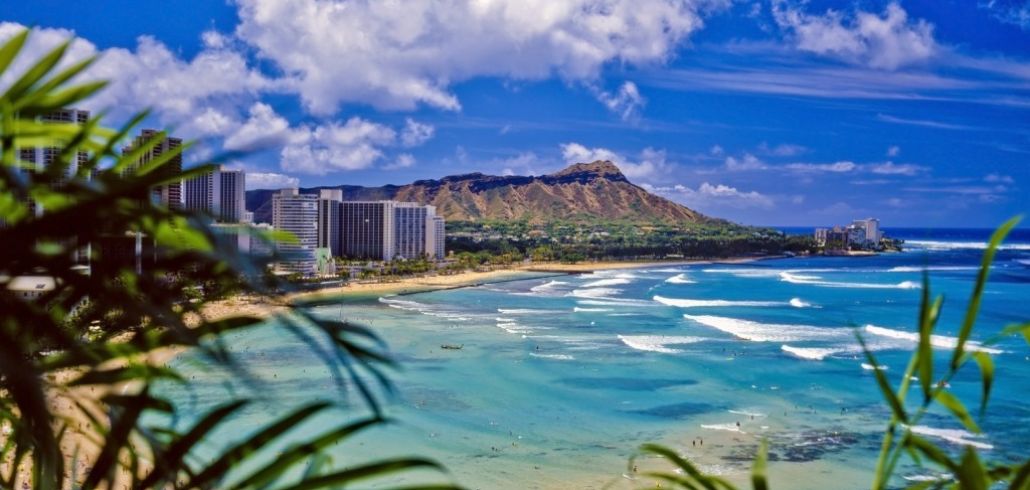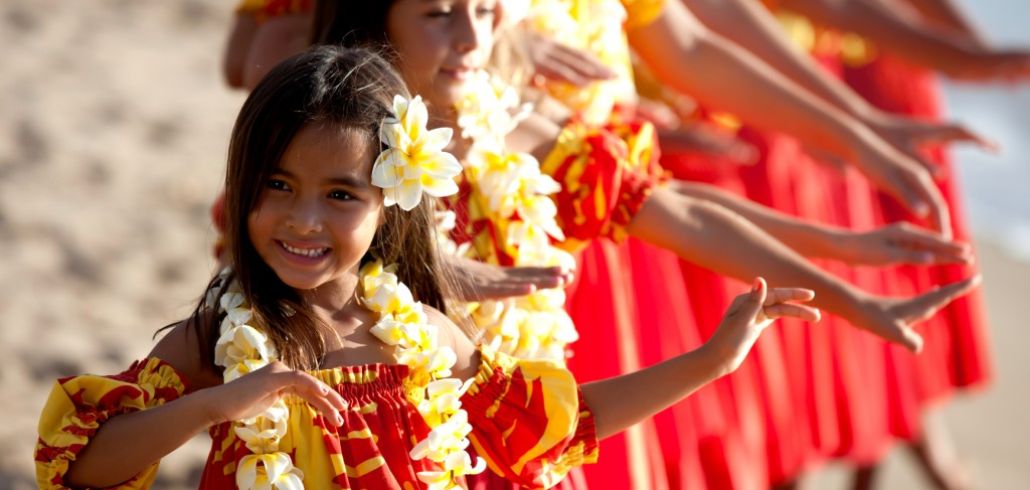If you’ll be traveling to the spectacular Hawaiian Islands, you probably already know that attending a luau is a must. Not only will you have the chance to try a variety of fabulous traditional dishes, but you’ll enjoy it all while taking in a show filled with Hawaiian music and dance – usually topped off by a couple of complimentary Mai Tais. To appreciate the experience even more, you may want to know a little about the history of this ancient tradition.
Ancient luau practices
The Hawaiian luau dates back to ancient times, but the first recorded Hawaiian luau was held in 1819 by King Kamehameha II and his stepmother, Queen Ka’ahumanu. This event was said to have been the catalyst for the luau that is known in Hawaii today.
In ancient Hawaii, men and women ate their meals separately due to their powerful religious beliefs that only royalty could eat certain delicacies. There was a fear that women could steal the men’s spirit, known as mana, while they were in the relaxed state induced by the generous feast. Women ate at what was known as the hale aina, or women’s house, while men ate at the hale mua, or men’s house.
The beginning of the modern luau
In 1819, the King enjoyed the feast with women as a symbolic act to end these religious taboos, and the modern luau was born. It is not known why he made this decision, but some feel it may have been due to his recently acquired Christian beliefs. Prior to this date, a Luau, as it is held today would have been punishable by death under the ancient Hawaiian law that was governed by the kapu system.
The word for this celebration, “luau,” comes from the favorite traditional dish at these feasts. Taro leaves that are blended with chicken and baked in coconut milk are known as luau – today, this dish is called “luau chicken.”

The feast
The traditional feast was eaten on the floor where Lauhala mats were rolled out with a magnificent centerpiece made from Ti leaves, native flowers and ferns that was about 3-feet wide laid across the mat. Some of the foods included the traditional pig roasted in an underground oven, or imu, bowls filled with poi (pounded taro root ground to a consistency almost like pudding), dried fish, salted meats, sweet potatoes and a variety of fresh fruit – all put onto the Ti leaves.
Hawaiians ate all of these wonderful foods with their fingers, which is how poi got its name. Poi of various consistencies was known for the number of fingers required to eat it such as three finger, two finger, or the thickest – one finger poi.
Luaus weren’t held as part of a regular meal but as a large feast with great numbers of people invited. Royal luaus were held on a massive scale. In 1847, King Kamehameha III threw a luau that was said to have included nearly 500 large bowls of poi, thousands of taro plants, more than 2,200 coconuts, over 3,000 salt fish and almost 2,000 fresh fish as well as 271 pigs and a host of local fruits and other fine foods.

King Kalakaua was known as the Merry Monarch due to his love of celebration, with over 1,500 people invited to his 50th birthday party luau – fed in three different shifts of 500 guests served in each.
There are a large number of different luaus available to visitors today in the Islands andSignature Escapes knows the pros and cons of each. I would be very happy to steer all my readers and clients in the right direction, as there is a wide variation in ambience, entertainment value and food quality. But to me, the best luaus are the traditional, private family luaus which are still given to celebrate milestone events, like weddings, graduations and major anniversaries. I have been privileged to attend a couple of these events and will never forget the abundant fun, food and Aloha Spirit! Be sure to include the luau experience in your next Signature Escape!













Comments are closed.